The aftermath of sudden tragedies like suicide and homicide often leaves emotional scars, property damage, and unanswered questions. Bio-One technicians are certified by OSHA and the California Department of Public Health. They understand the sensitivity of these situations and approach their work with empathy, respecting your privacy and acknowledging your grief. That's why we prioritize being by your side within an hour of your call, ready to assist. We don't require upfront payment or insurance authorization because our primary focus is promptly and compassionately restoring your home. This commitment to putting your needs first is what sets us apart as the most compassionate organization in our field.
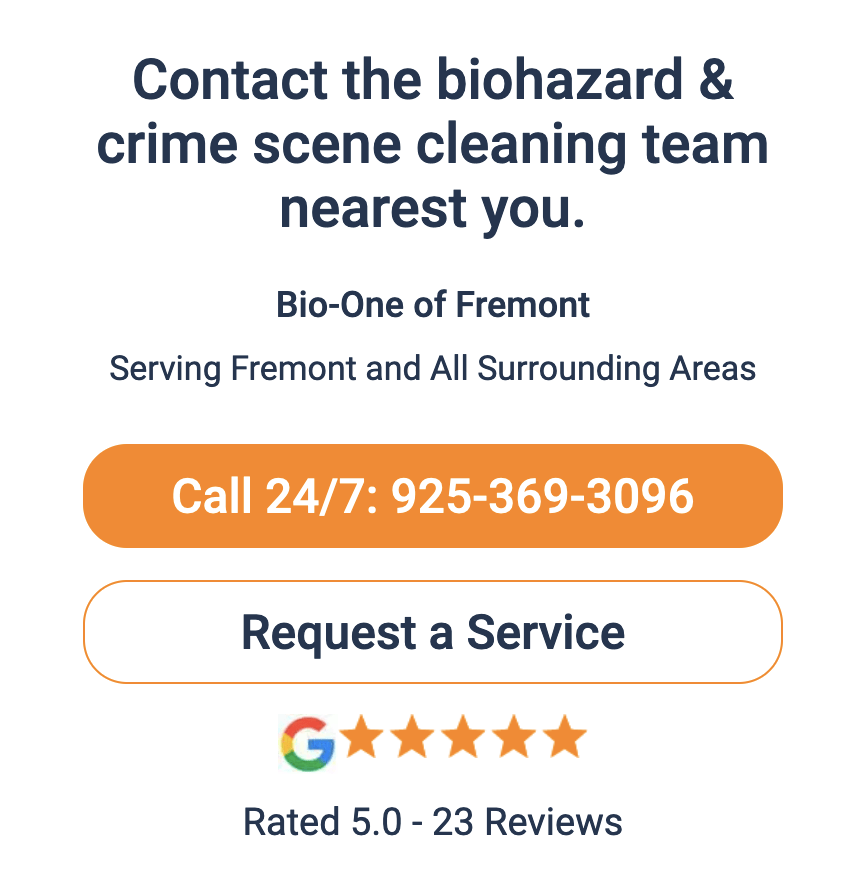
If you have any questions or concerns, don't hesitate to reach out. We're available day and night, dedicated to providing assistance whenever you need it.
If you, or anyone in your family, need help dealing with the loss of a loved one, do not hesitate to seek assistance.
The origins of crime- and trauma-scene cleaning services can be traced back to the 1990s when only a handful of companies operated in this industry. At that time, the field lacked regulation, and awareness of contamination risks was minimal.

"I was young and inexperienced and found myself in a situation straight out of a movie. I quickly took action to assist a woman in her time of dire need, and that's how I entered the crime scene and cleaning business," shared Nick-Anthony Zamucen, Founder of Bio-One Inc. Read more about Nick's journey in Franchise Times.
Today, the landscape has changed dramatically, with hundreds of companies advertising crime and trauma scene cleaning services. However, navigating through this multitude of options during one of life's most traumatic moments can be overwhelming. To help you make an informed decision, we've compiled a list of questions to ask before selecting a crime and trauma scene company.
When evaluating crime and trauma scene cleaning technicians or business owners, asking the right questions is crucial to finding the best fit for your needs and circumstances.
Above all, ensure that the company you choose demonstrates care and compassion for your situation. Their primary focus should be on providing support and assistance to you and your loved ones during this challenging time.
If you're in need of a compassionate and professional crime and trauma scene cleaner, Bio-One Fremont is here for you. All our offices operate by the motto "Help First, Business Second" and are available 24/7. Reach out to us or click here to locate a Bio-One team near you.

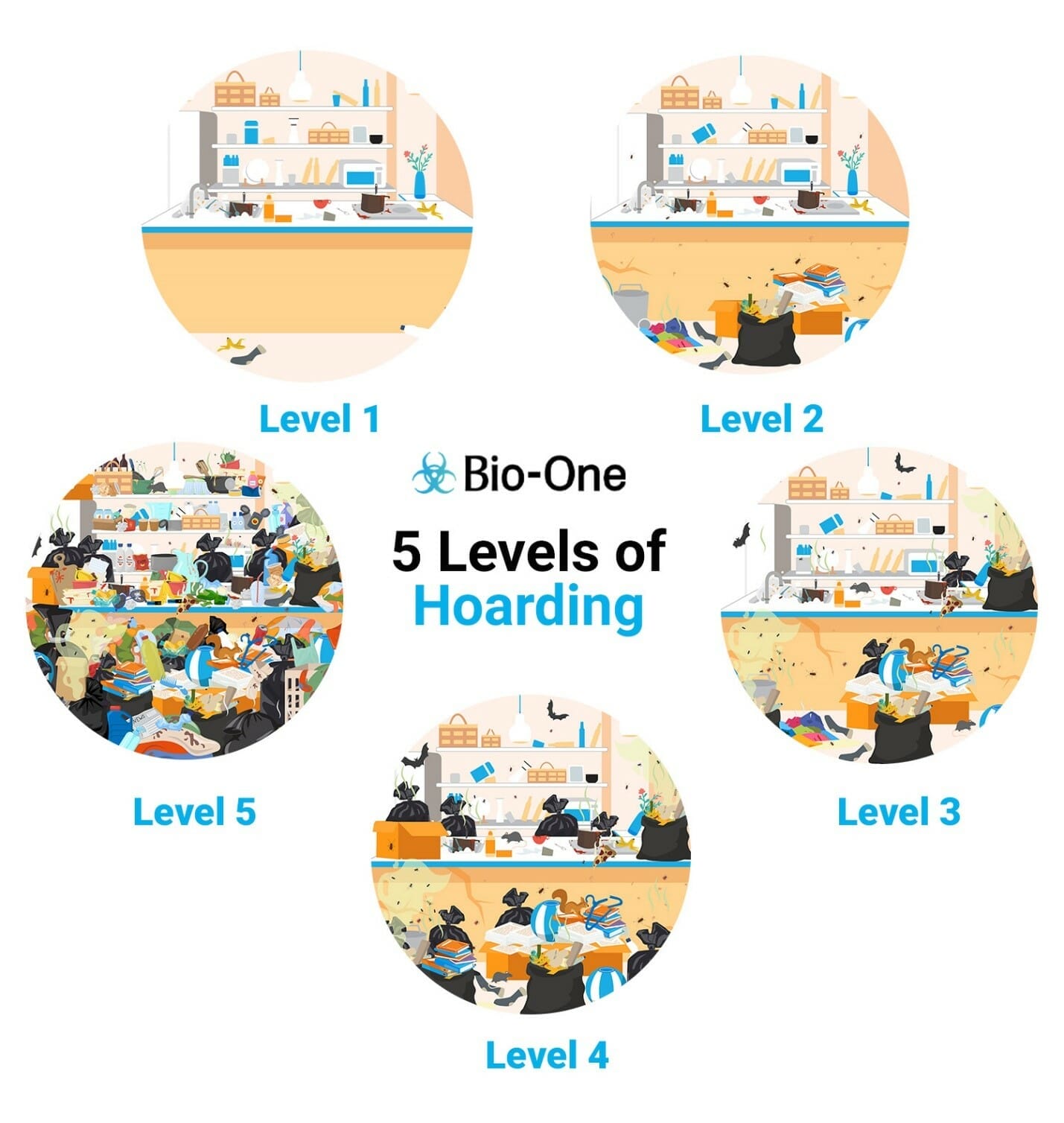
When we hear the word “hoarding,” many of us conjure up images from shows like Hoarders, which often portray extreme cases. However, hoarding behavior encompasses a spectrum, and not all individuals who struggle with it have homes filled to the brim with clutter.
The Institute for Challenging Disorganization has categorized hoarding behavior into five levels on their Clutter-Hoarding Scale. The Bio-One Fremont team has completed multiple training programs to better understand the root causes of hoarding situations and to support those clients who reach out for support.
Level 1 Hoarding
At Level 1, a home may not be spotless, but it remains easily accessible and sanitary. While there is clutter, safety concerns are minimal. Many of us find ourselves in Level 1 at some point, with clutter being a common aspect of daily life.
Here are the key characteristics of Level 1:

Level 2 Hoarding
Moving to Level 2, the home remains livable but shows signs of increased disarray. Cleaning becomes overdue, potentially overwhelming occupants. Hygiene levels may decline.
Key characteristics of Level 2 include:
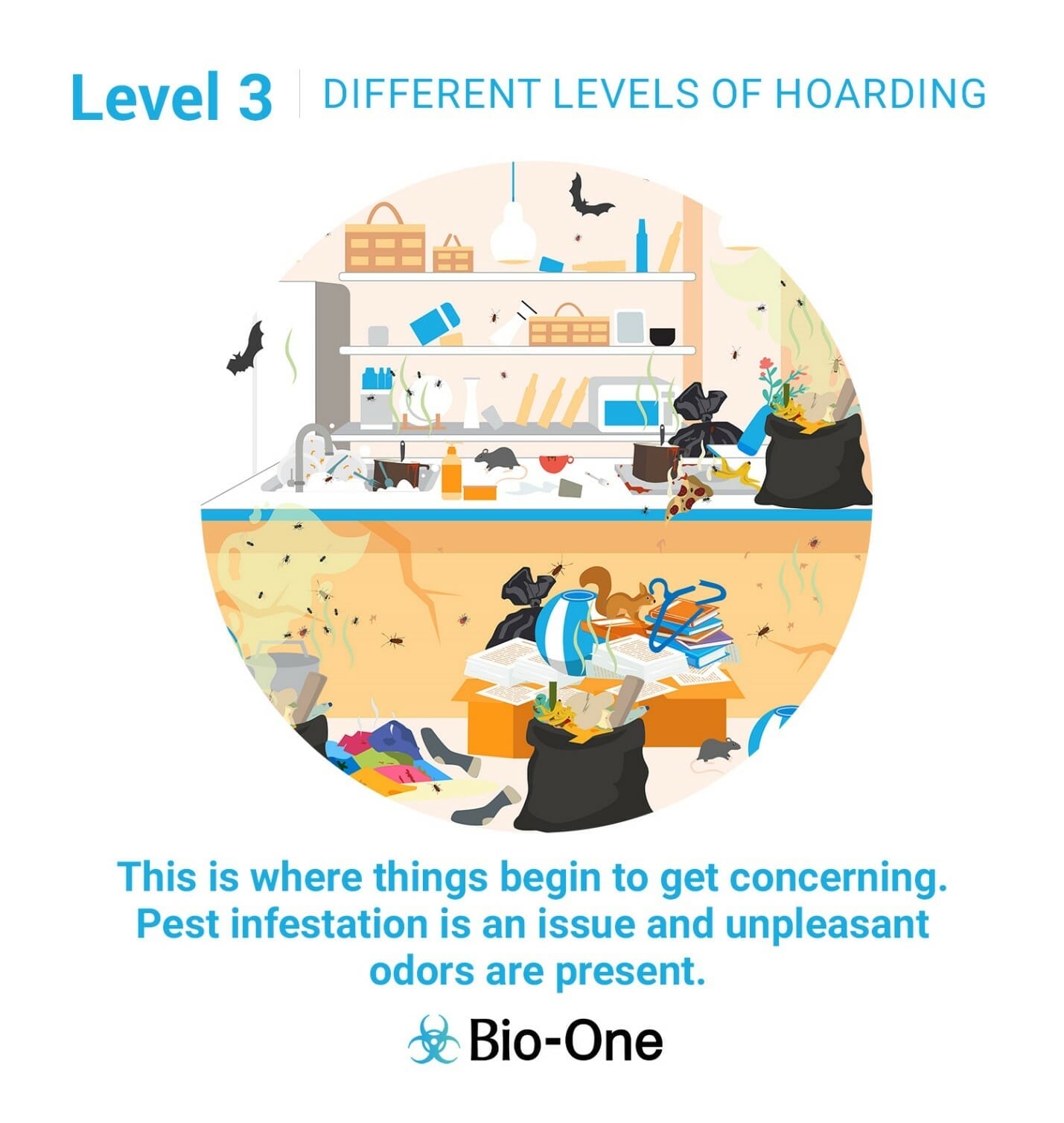
Level 3 Hoarding
Level 3 marks a significant transition, indicating more serious hoarding behavior and household disorganization.
Key characteristics of Level 3 include:
Level 3 households may benefit from seeking outside assistance, although concerted efforts from the family can also make a difference.
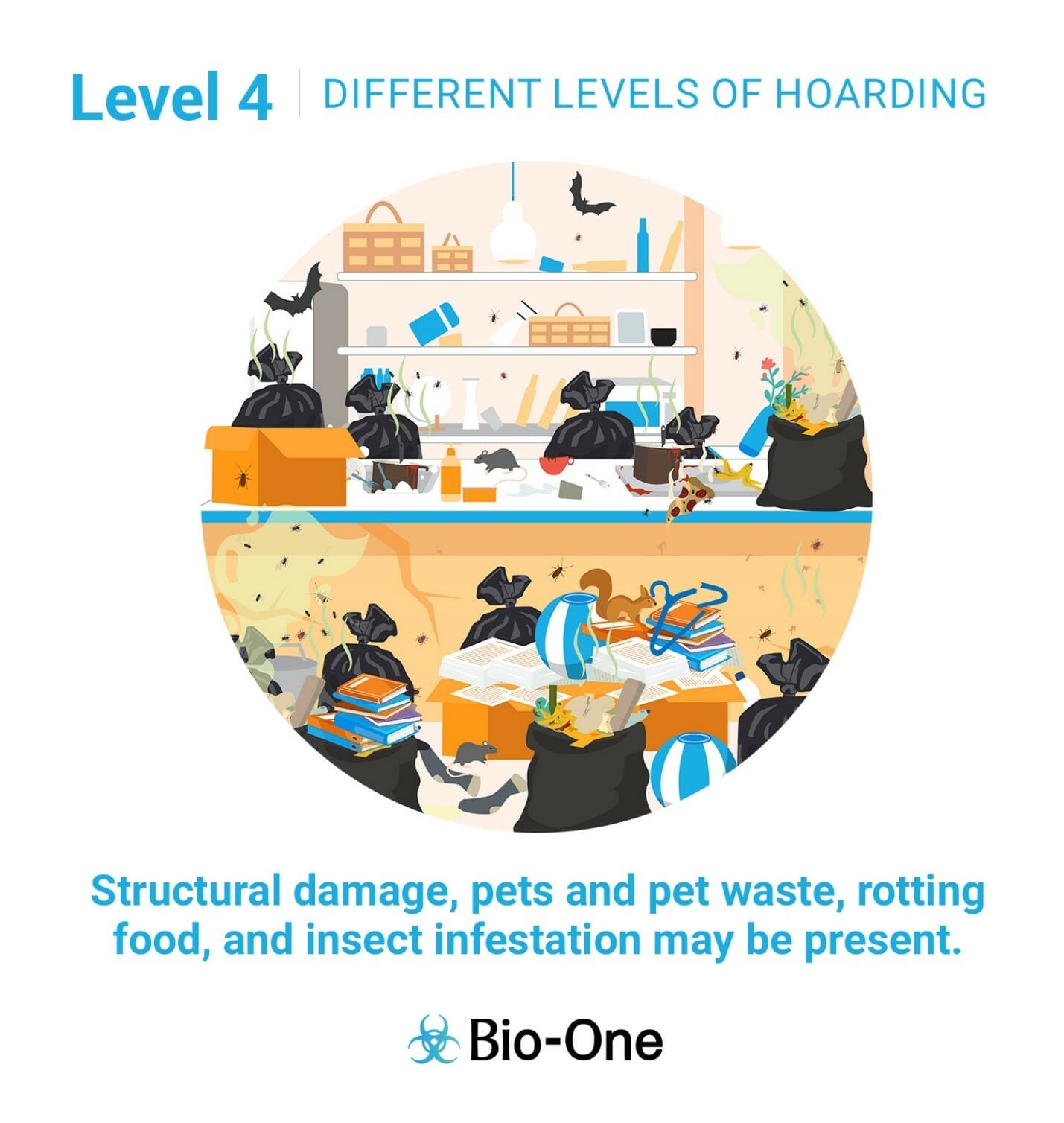
Level 4 Hoarding
At Level 4, excessive clutter dominates the home, necessitating professional intervention.
Key characteristics of Level 4 include:
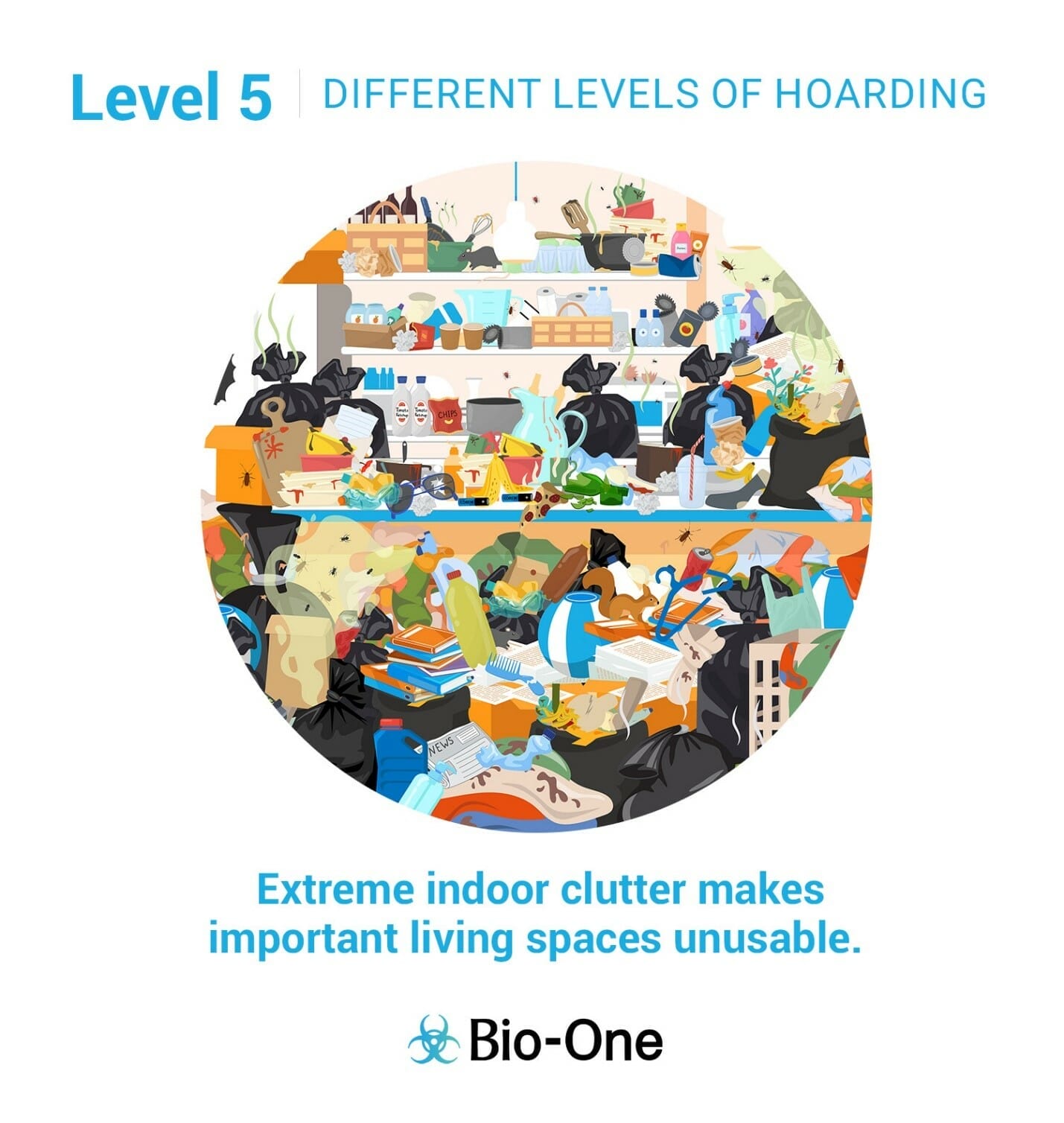
Level 5 Hoarding
Level 5 represents the highest level of hoarding behavior, presenting alarming hazards that require specialized expertise to address.
Key characteristics of Level 5 include:
If you or someone you know is struggling with hoarding behavior at any level, assistance is available. Visit https://bioonefremont or call (925) 369-3096 to speak with a certified specialist.

In challenging situations like biohazard cleanup or hoarding scenarios, understanding the costs involved is paramount. At Bio-One Fremont, we recognize the importance of transparency in pricing, and we're here to demystify our pricing structure for you.
A common query we receive over the phone is, "Can you tell me how much it will cost to…?" The truth is, every job location is unique in size, square footage, and degree of impact, making it difficult to provide a fixed cost upfront.
However, we are committed to providing clear answers to this question. Upon your request, Bio-One Fremont typically responds in under 60 minutes to your site to develop a detailed project plan and estimate – all at no charge to you.
Here's how we determine our pricing:
When you choose Bio-One Fremont, you can expect complete transparency and clarity in our pricing. We provide a detailed, line-item quote that comprehensively outlines our plan and associated costs. This empowers you to make informed decisions about our services with confidence.
Understanding that unforeseen expenses can be overwhelming, we offer financing options for every job. We firmly believe that everyone deserves access to the support they need without financial strain. Our financing options provide flexibility and peace of mind for our customers.
At Bio-One Fremont, our top priority is to deliver compassionate, professional, and effective services to our community. Our pricing structure reflects our unwavering commitment to providing high-quality results while ensuring transparency and affordability for our customers.
Should you have any further questions about our pricing or services, please don't hesitate to reach out. We're here to assist you every step of the way.

Experiencing the unexpected loss of a loved one is a deeply profound and often overwhelming journey, fundamentally altering the grieving process. The suddenness of such a loss can leave individuals grappling with complex emotions and practicalities, often feeling ill-equipped to navigate this challenging terrain. However, in these trying times, it's important to know that support is available.
Understanding the Factors Influencing the Grieving Process
Coping with sudden loss involves confronting unique hurdles influenced by a variety of factors:
Nurturing the Path of Grief
In the face of sudden loss, acknowledging and expressing emotions become vital waypoints on the path to healing. Seeking professional support, engaging with support networks, and upholding self-care rituals serve as essential tools for coping with grief. Additionally, finding meaningful ways to honor and commemorate the departed can foster a sense of solace and acceptance.
Embracing Light Amidst the Shadows
Although grief may appear insurmountable, it's imperative to recognize that there is no one-size-fits-all approach to navigating loss. Through embracing emotions, seeking support, and treasuring cherished memories, individuals can gradually uncover moments of peace and resilience amidst the darkness of unexpected departure.
Support from Bio-One of Fremont
Amidst the challenges of unexpected loss, organizations like Bio-One of Fremont stand ready to offer assistance. Trained to handle scenes involving death and certified by the California Department of Public Health in mental health first aid, Bio-One provides compassionate support to those grappling with sudden grief. With their expertise and care, individuals can find solace and guidance as they navigate this difficult journey.

The aftermath of sudden tragedies like suicide and homicide often leaves emotional scars, property damage, and unanswered questions. Bio-One of Fremont technicians are certified by OSHA and the California Department of Public Health. They understand the sensitivity of these situations and approach their work with empathy, respecting your privacy and acknowledging your grief. That's why we prioritize being by your side within an hour of your call, ready to assist. We don't require upfront payment or insurance authorization because our primary focus is promptly and compassionately restoring your home. This commitment to putting your needs first is what sets us apart as the most compassionate organization in our field.

If you have any questions or concerns, don't hesitate to reach out. We're available day and night, dedicated to providing assistance whenever you need it.
If you, or anyone in your family, need help dealing with the loss of a loved one, do not hesitate to seek assistance.
Información disponible en español
Bio-One of Fremont holds certification in mold cleanup and remediation. Here's essential information you should be aware of regarding mold in the East Bay, encompassing Alameda County, Contra Costa County, and Santa Clara County areas.
Información disponible en español
Molds are usually not a problem indoors, unless mold spores land on a wet or damp spot and begin growing. Molds have the potential to cause health problems. Molds produce allergens (substances that can cause allergic reactions) and irritants. Inhaling or touching mold or mold spores may cause allergic reactions in sensitive individuals. Allergic responses include hay fever-type symptoms, such as sneezing, runny nose, red eyes, and skin rash.
Allergic reactions to mold are common. They can be immediate or delayed. Molds can also cause asthma attacks in people with asthma who are allergic to mold. In addition, mold exposure can irritate the eyes, skin, nose, throat, and lungs of both mold-allergic and non-allergic people. Symptoms other than the allergic and irritant types are not commonly reported as a result of inhaling mold. Research on mold and health effects is ongoing.
The above does not describe all potential health effects related to mold exposure. For more detailed information consult a health professional, your state or local health department, or the Centers for Disease Control and Prevention mold website.
Molds can trigger asthma episodes in sensitive individuals with asthma. People with asthma should avoid contact with or exposure to molds. Read more about asthma triggers on EPA's Asthma Website.
Who should do the cleanup depends on a number of factors. One consideration is the size of the mold problem. If the moldy area is less than about 10 square feet (less than roughly a 3 ft. by 3 ft. patch), in most cases, you can handle the job yourself, follow the Mold Cleanup Tips and Techniques. However:

Fremont, CA - Family-owned and operated, Bio-One of Fremont is a leader in crime scene cleanup and biohazard decontamination services in Alameda, Contra Costa and Santa Clara Counties.
Whether you need help remediating a crime scene, suicide, or other trauma event in the San Francisco Bay Area, they are ready to answer the call.
Since joining the Bio-One family, Bio-One of Fremont has continually grown and provided a very valuable service to families around the Bay area.
The scenes they remediate are often overwhelming and dangerous, but the crew are trained and experienced and here for you. It is a wonderful service they provide.
Kevin Jameson, owner, states - "We hope you never need our service, but in the case of an unattended death, suicide, or a violent crime, Bio-one of Fremont is here to help families and loved ones so that they do not have to go through additional trauma of cleaning up. Our goal is to allow families to start the grieving and healing process while we restore the property for them".
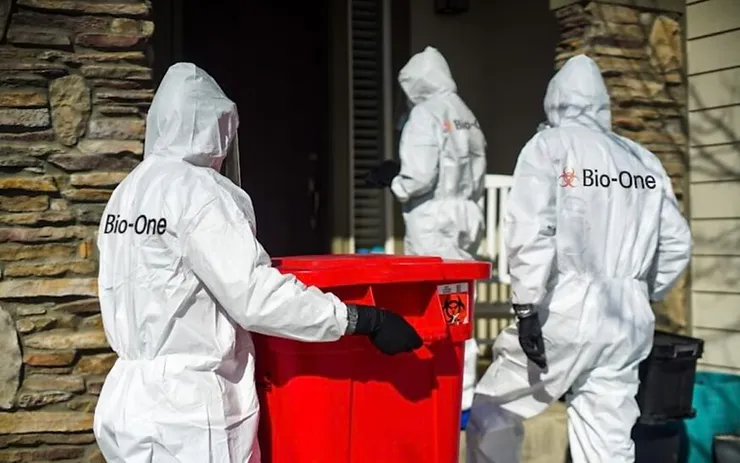
As a former crime scene technician, Kevin describes that when there is a death, only the body is removed and the family is left with the aftermath. That's where Bio-One helps. Using proper equipment to remove biohazards and medical waste safely in addition to proper PPE and hazmat suits, Bio-One allows the family to safely return to their home.
Most jobs are covered by homeowners insurance, and Bio-One of Fremont realizes that working with an insurance company can be overwhelming during difficult times. Bio-One of Fremont has dedicated staff who work directly with your insurance company from opening a claim to submitting all necessary documentation to close it upon completion.
"Anything trauma scene-related or death-related is typically covered by homeowners insurance so our clients only pay a deductible for our services"
Coordinating with the insurance company allows family members to focus on healing and supports Bio-One of Fremont's motto, "Help First, Business Second"!
A portion of their business is also hoarding. You can find a guide on their website.
They also provide cleaning for people with mental health or mobility issues. Bio-One of Fremont crew members are certified in Mental Health First Aid and have completed additional training with the San Francisco County Department of Mental Health to further assist their clients.
Additionally, Bio-One does cleanouts when residents or tenants leave behind a large mess or odors related to mold, cigarette and cannabis smoke.
Bio-One provides many services and resources which can be found on its website.
They answer the call 24/7 and are here to help you.
Their company vehicles are also unmarked for your privacy.
Bio-One of Fremont has a 5-star rating and have received numerous testimonials which can be found on their website.
Located in Fremont and Livermore, you can reach them by phone at 925-369-3096 or via email at mailto: info@bioonefremont.com
Find them on Facebook at www.facebook.com/bio.one.fremont or visit their website at www.bioonefremont.com.

Following a violent incident, law enforcement and first responders secure the scene, and the Police Department's Crime Scene Unit arrives to document and gather evidence. In the case of a homicide, the deceased is transported to the County Medical Examiner's Office, and injured individuals are taken to the hospital. Once processing is complete, the responsibility for cleaning the scene, including biohazardous materials, falls on surviving family, roommates, landlords, property managers, or community members, depending on the location. This Blog will detail the typical course of events of the result of a violent crime.
Homicide investigations are intricate processes that unfold with precision and attention to detail. In this blog, we delve into the various stages of a homicide investigation, shedding light on the roles played by law enforcement and forensic experts.
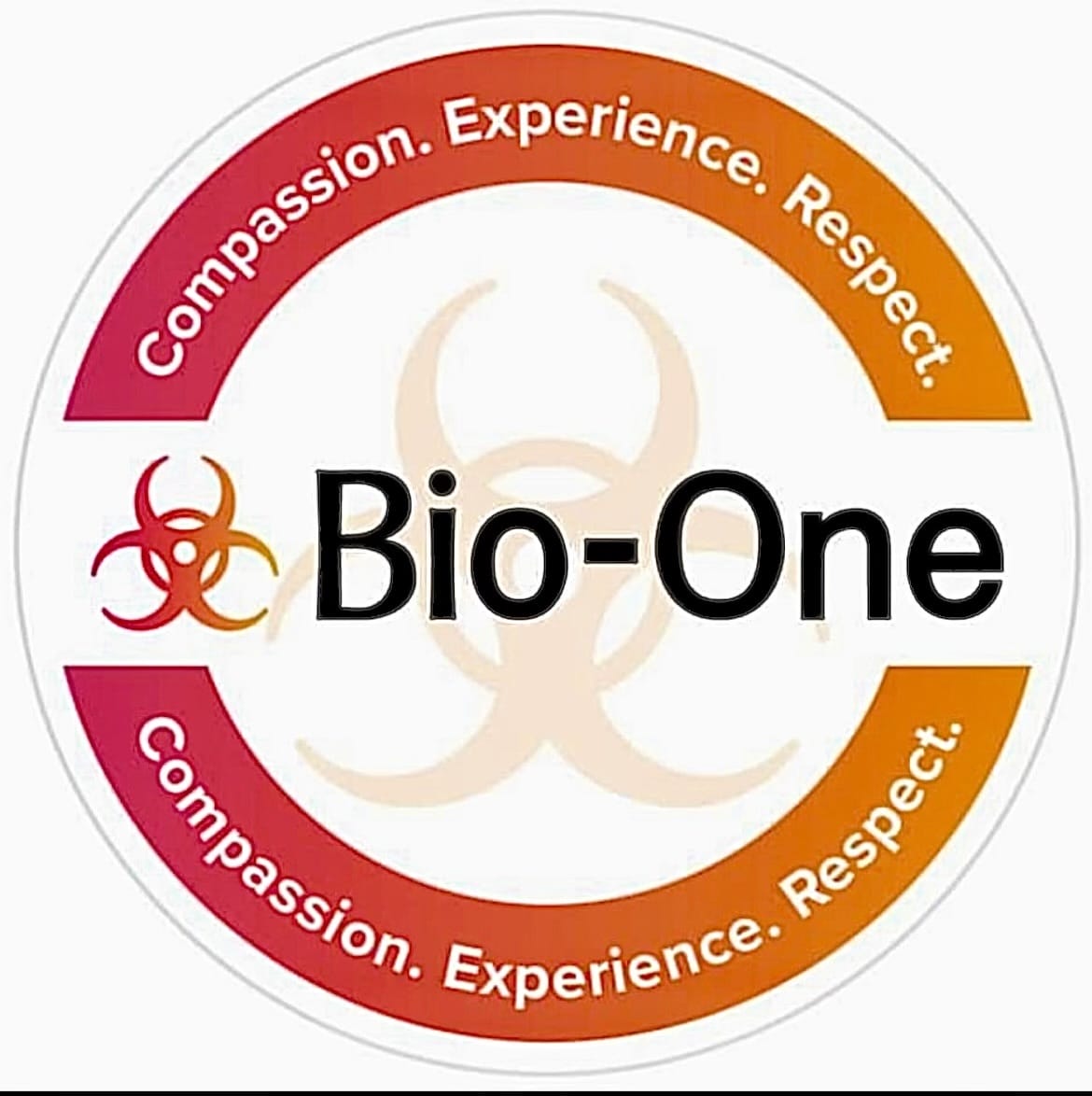
In the aftermath of a crime, accident, or traumatic event, the cleanup of the scene often falls to specialized professionals trained to handle biohazards and hazardous materials. However, unlike many other industries, crime scene cleanup operates within a regulatory gray area, where oversight and standards vary widely across jurisdictions. This lack of uniform regulation raises concerns regarding safety, service quality, and ethical practices within the industry.
One primary challenge stemming from this lack of regulation is the potential for inconsistencies in training and certification standards among crime scene cleanup companies. While some states may have certification programs or voluntary guidelines, there is no standardized national framework governing the qualifications and training requirements for individuals entering the field. Consequently, there may be disparities in the level of expertise and professionalism among cleanup providers, posing risks to both workers and the public.

Moreover, the absence of regulatory oversight can lead to ethical concerns regarding the exploitation of vulnerable individuals in distressing situations. Without clear guidelines, unscrupulous companies may engage in price gouging, predatory marketing tactics, or substandard practices, taking advantage of clients' emotional vulnerability during times of crisis. This underscores the urgent need for standardized regulations to protect consumers and ensure ethical conduct within the industry.
Furthermore, the lack of regulatory oversight may hinder efforts to enforce health and safety standards in crime scene cleanup operations. Biohazardous materials present significant risks of exposure to bloodborne pathogens, toxins, and infectious diseases, necessitating strict protocols for handling, disposal, and decontamination. Without regulatory mechanisms to monitor compliance with these standards, there is potential for lapses in safety practices, putting both cleanup workers and the public at risk.
In conclusion, the absence of regulation in crime scene cleanup represents a critical gap in oversight that poses risks to safety, service quality, and ethical conduct within the industry. To address these concerns, there is a pressing need for comprehensive regulatory frameworks at the state and national levels, establishing clear standards for training, certification, safety protocols, and ethical practices. By implementing robust regulatory measures, we can ensure that crime scene cleanup operations uphold the highest standards of professionalism, safety, and integrity, providing essential services to communities in times of need.